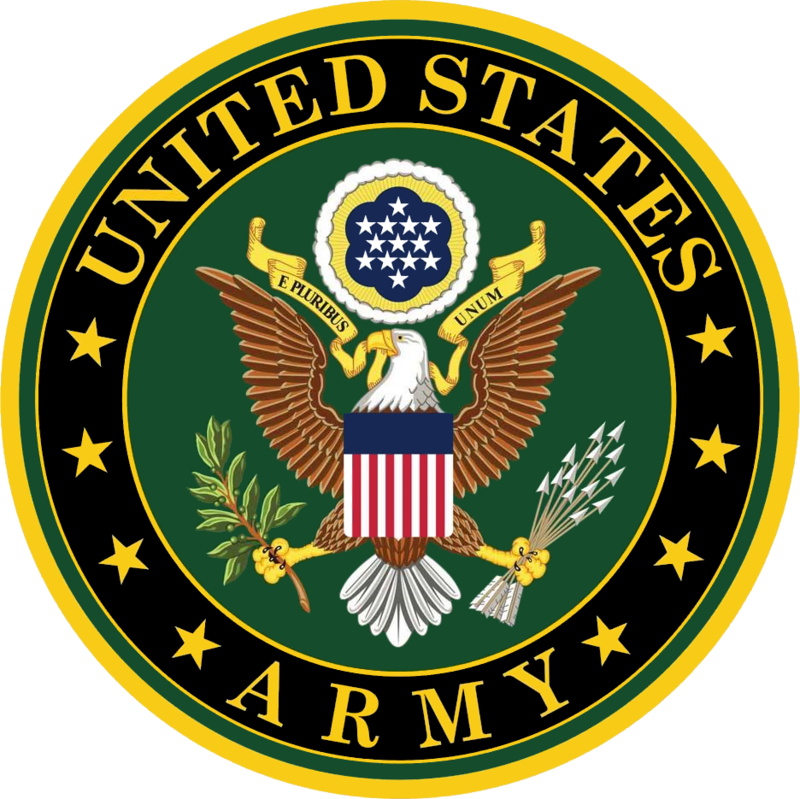ABOUT IRR
- Definition: IRR stands for the Individual Ready Reserve, a category of the United States Armed Forces Reserve composed of trained individuals who are not currently serving in active units but can be called up in times of national emergency.
- Origin: The IRR concept was formalized after World War II to ensure the US military maintained a pool of trained personnel who could be mobilized quickly if needed.
- Size: The size of the IRR fluctuates but typically includes tens of thousands of former active duty and Reserve members from all branches of the military.
- Obligation: Most enlisted personnel in the US military incur an eight-year service obligation, which is often split between active duty, active reserve, and the IRR.
- Recall to Service: IRR members can be involuntarily recalled to active duty during times of war, national emergency, or critical need—a process known as "mobilization."
- Gulf War Activation: During Operation Desert Storm in 1990-91, tens of thousands of IRR members were activated to meet manpower needs, many with little notice.
- Post-9/11: Significant numbers of IRR personnel were called up after the September 11 attacks to support operations in Afghanistan and Iraq, often in specialized, in-demand roles.
- Famous IRR Returnees: Notable individuals, such as NFL player Pat Tillman, were part of the IRR before returning to active service following the 9/11 attacks.
- Annual Muster: Some IRR members are required to attend an annual "muster" event to verify their personal information and medical readiness, though most do not perform regular training.
- Controversies and Challenges: Large-scale IRR mobilizations have sometimes sparked controversy due to short notice, lack of preparation, and the civilian lives IRR members must leave behind when called up.

